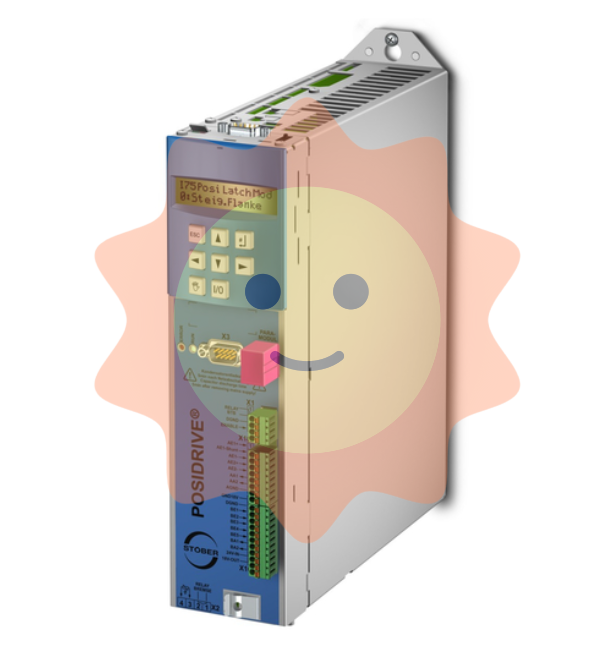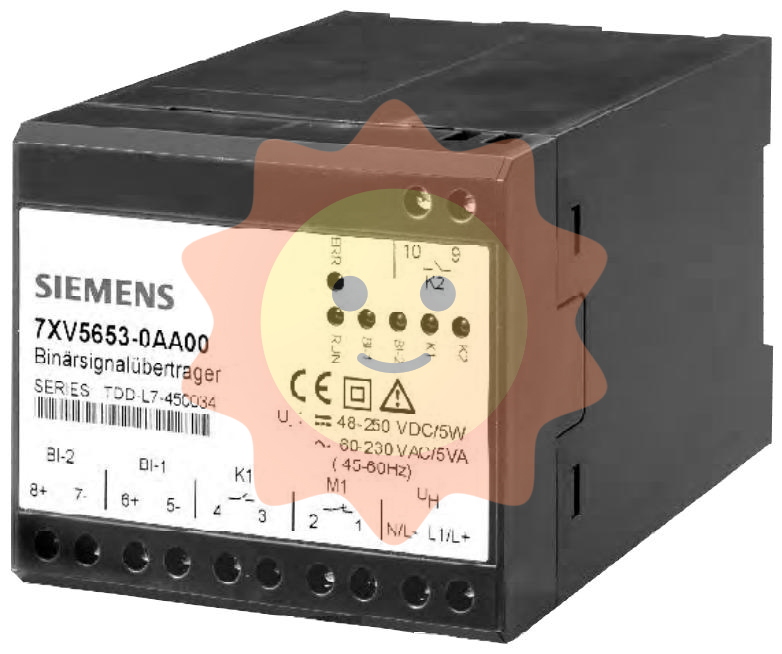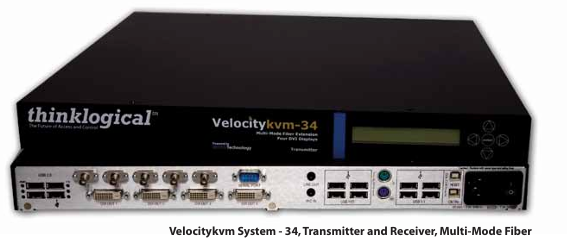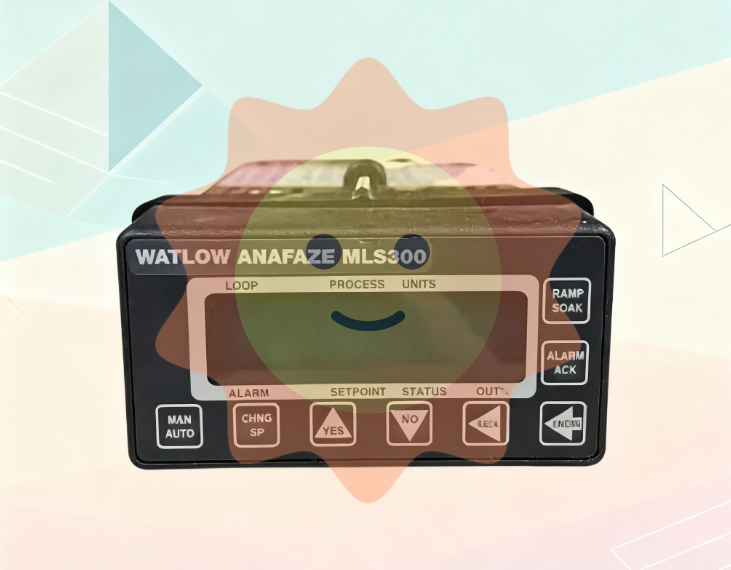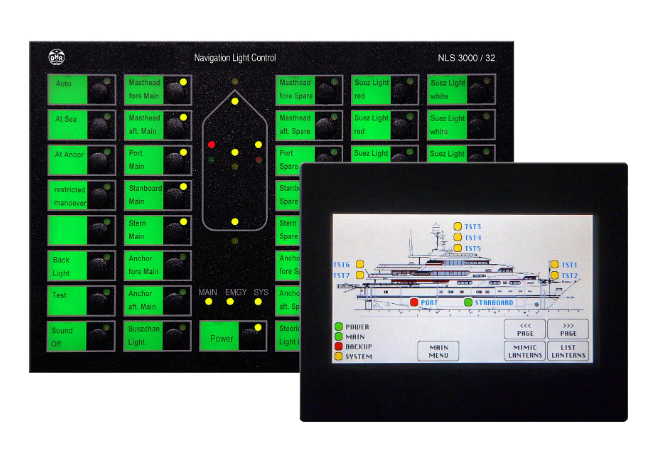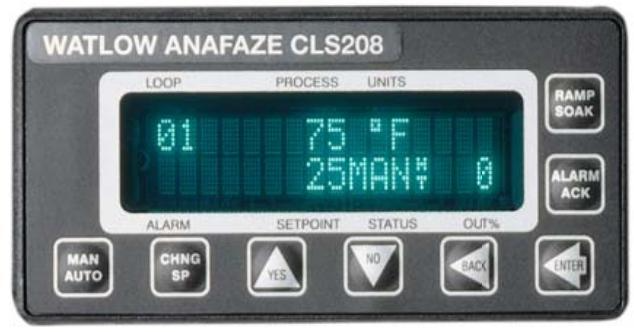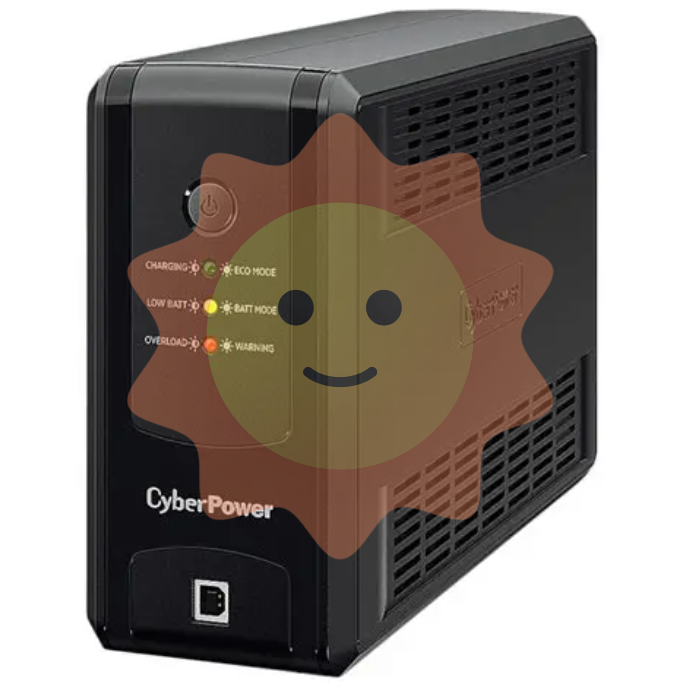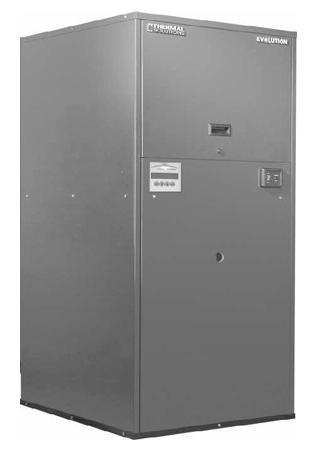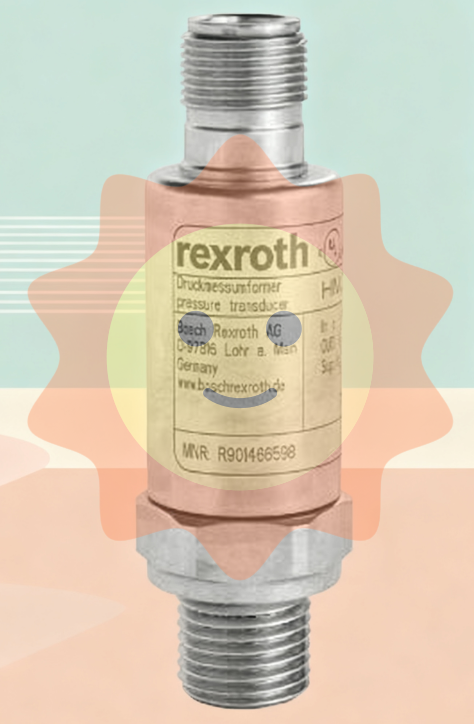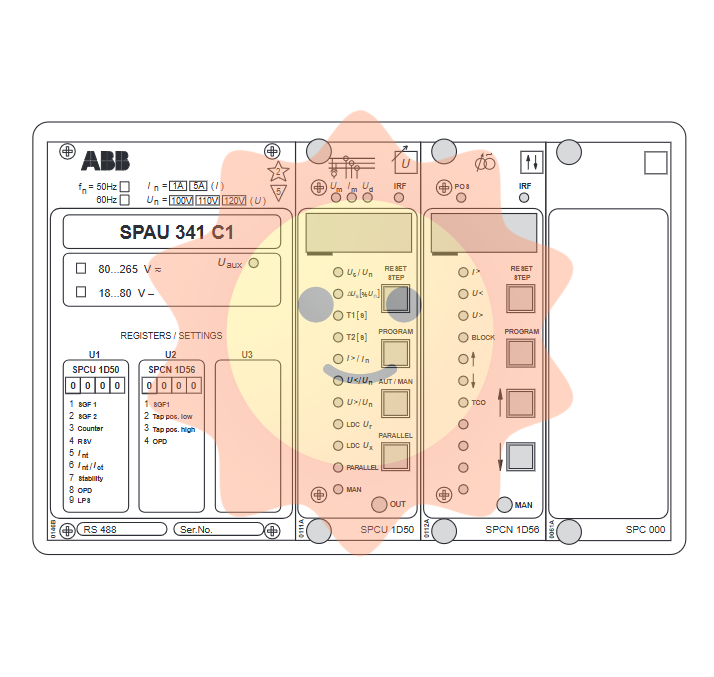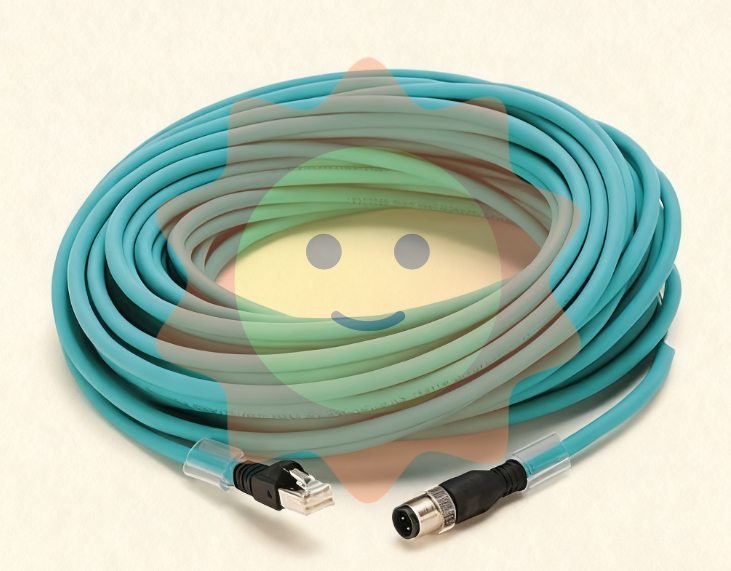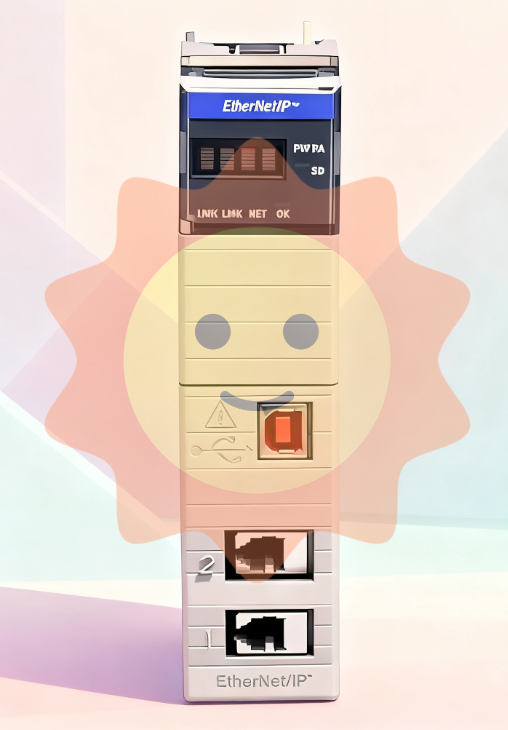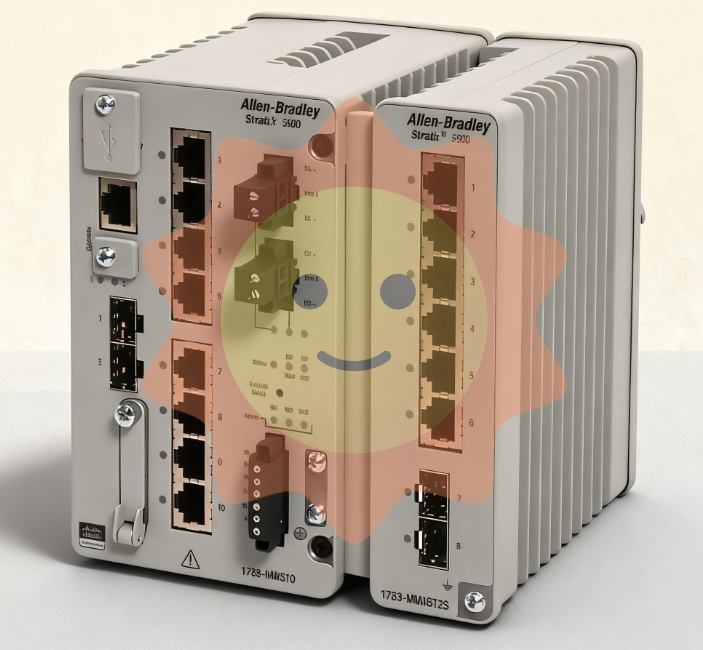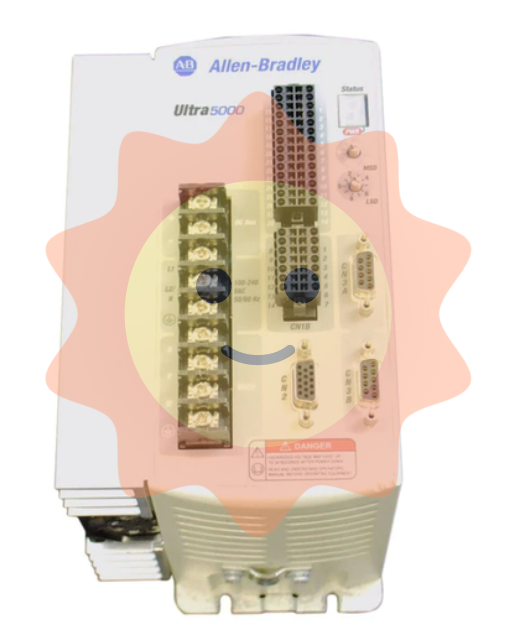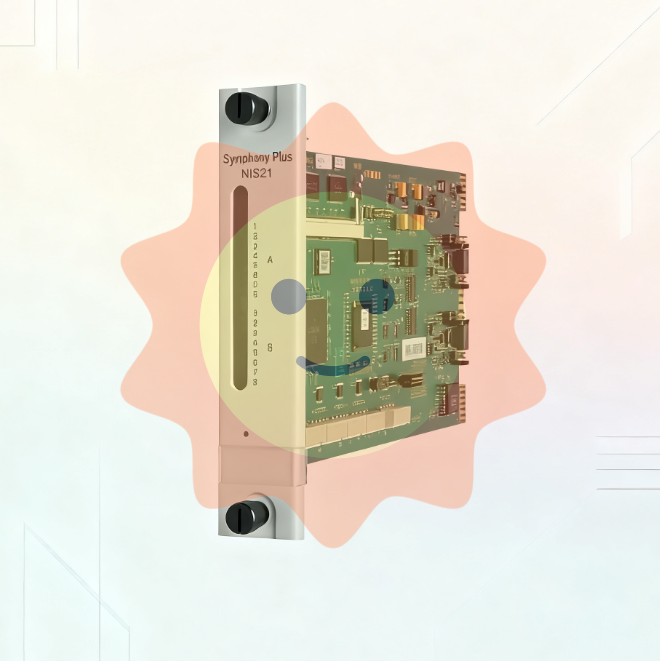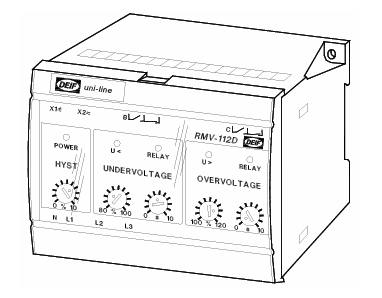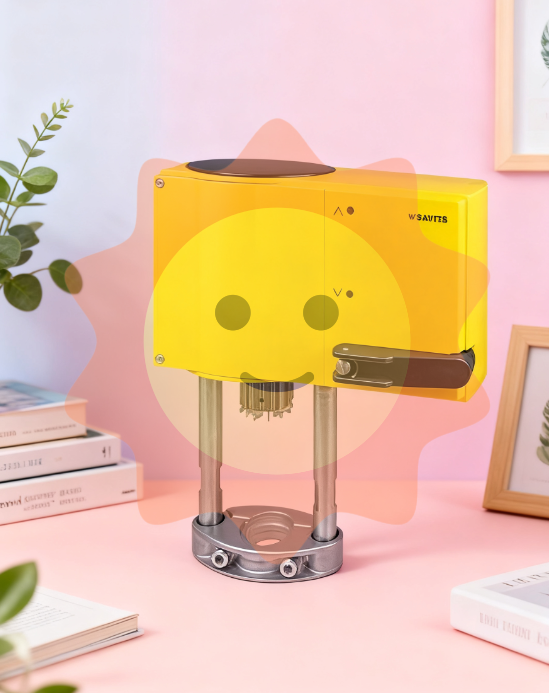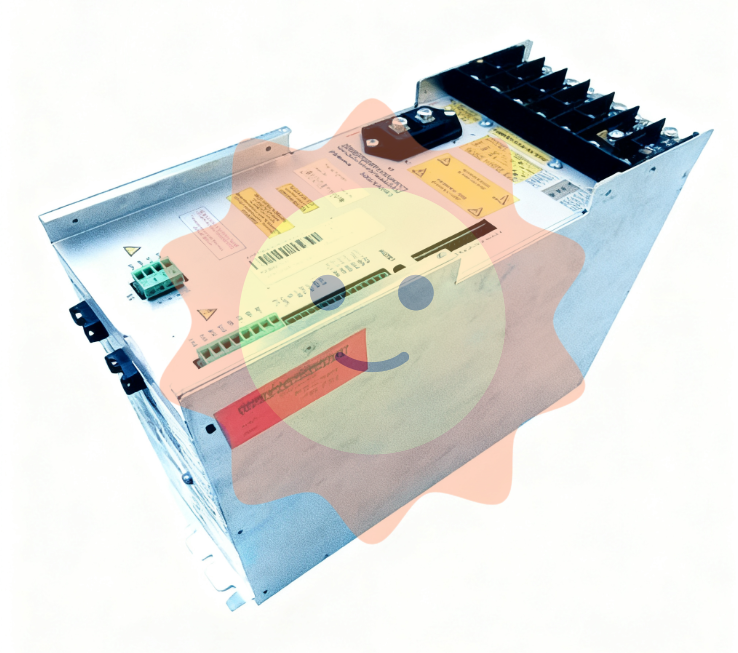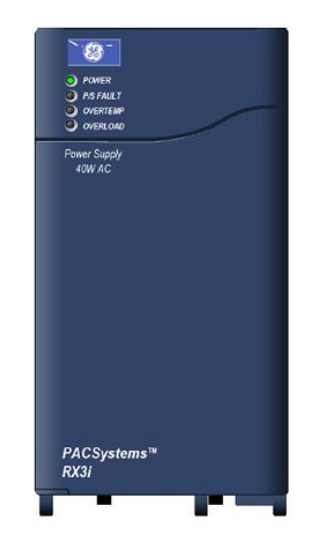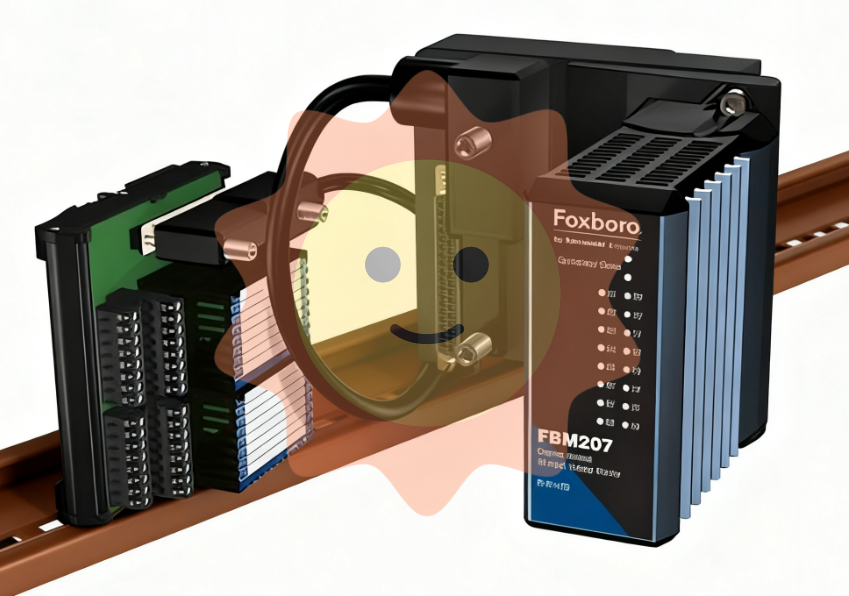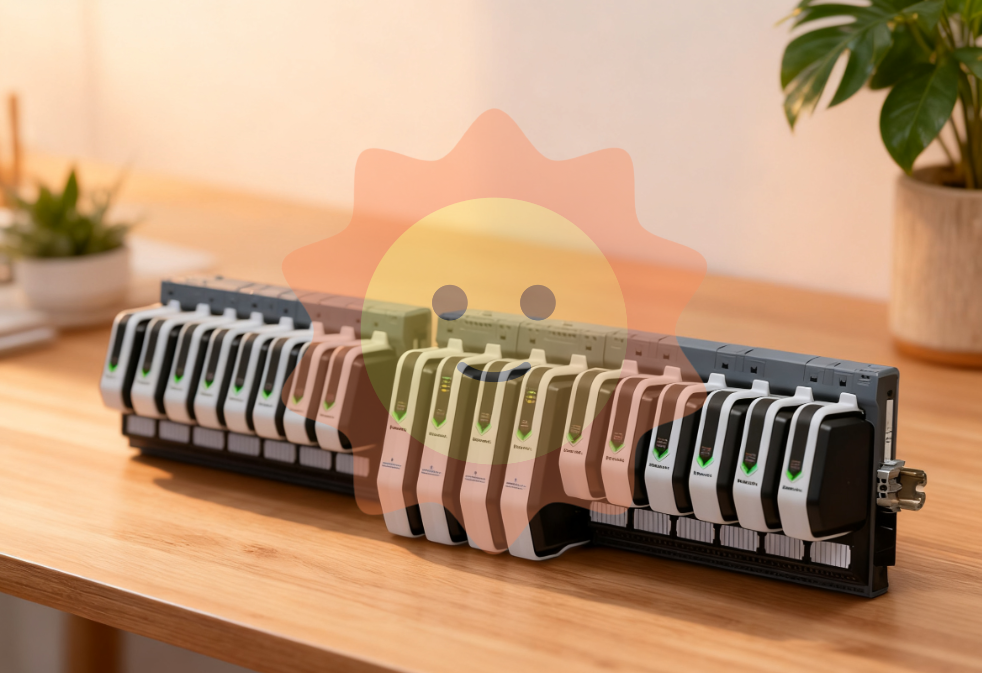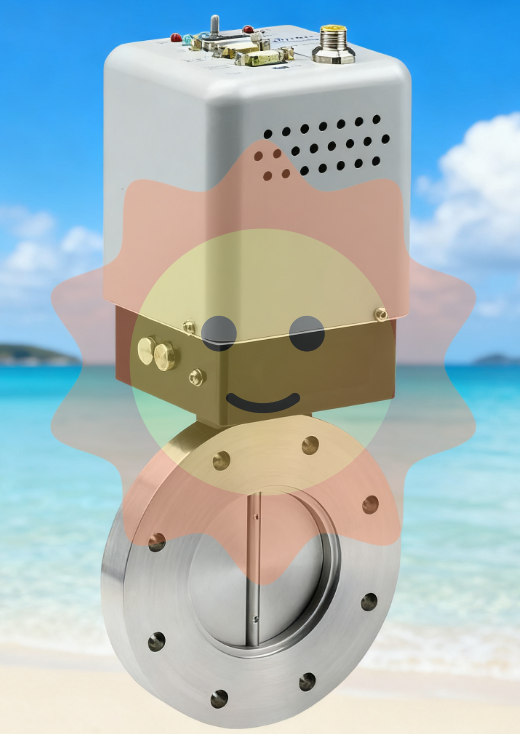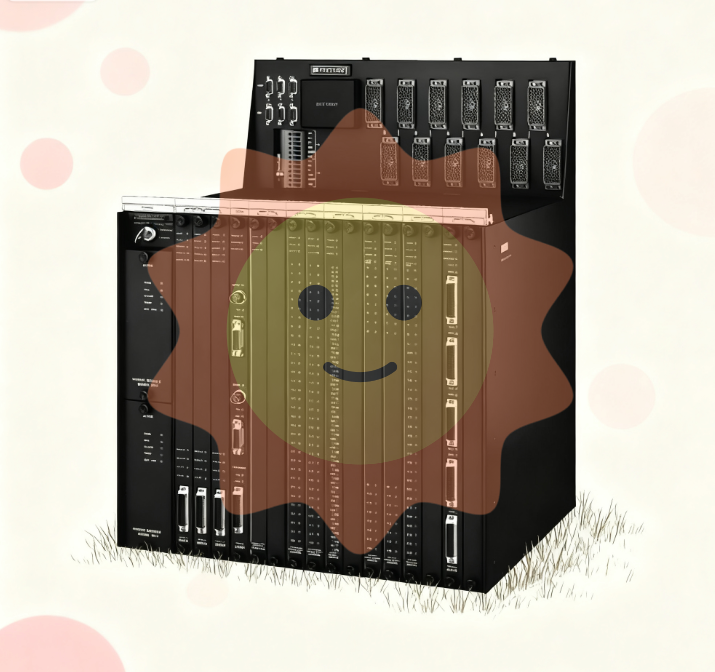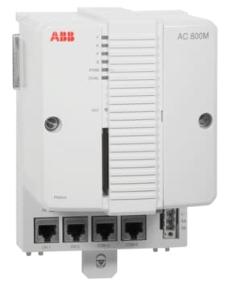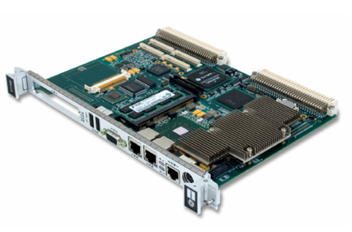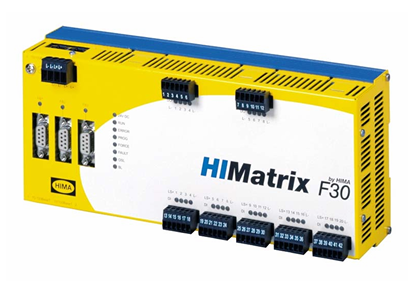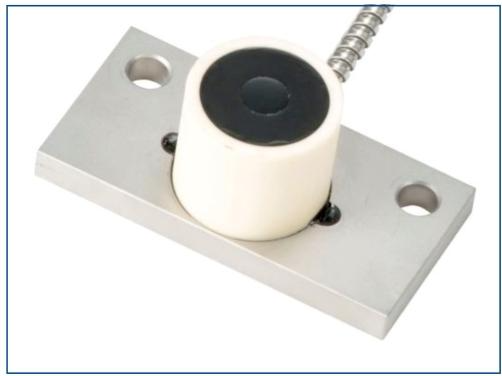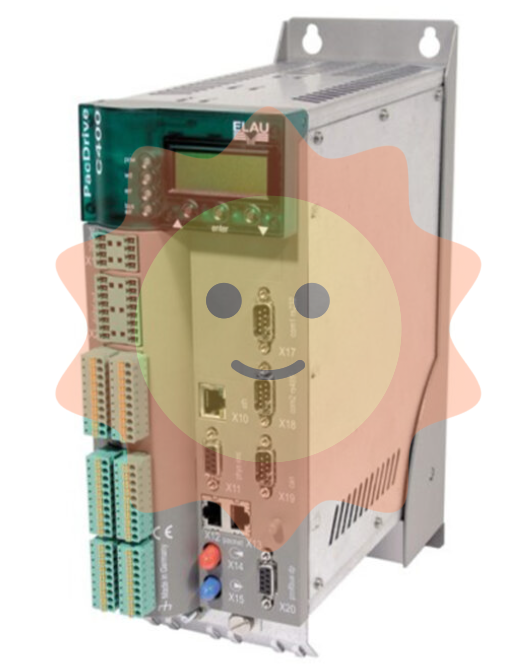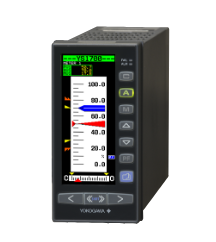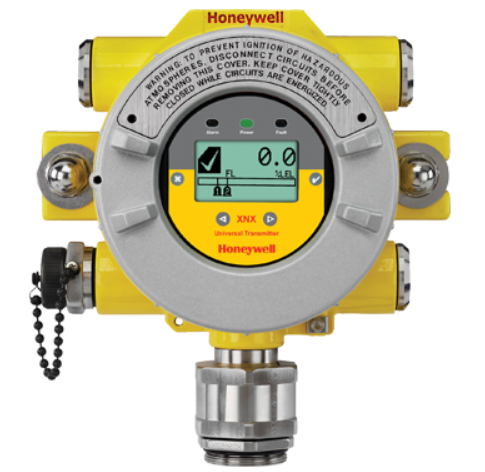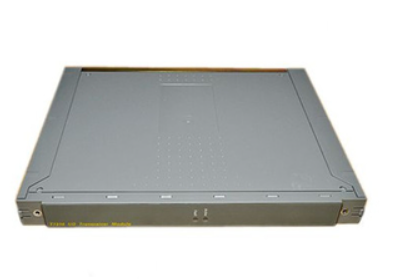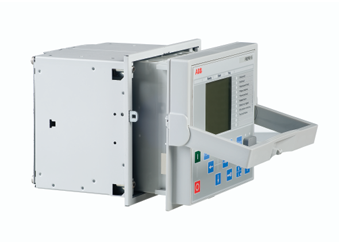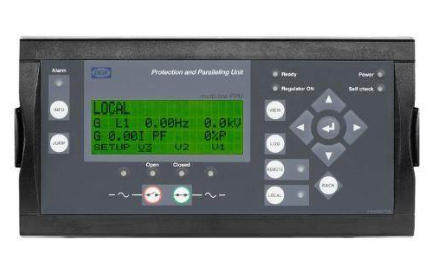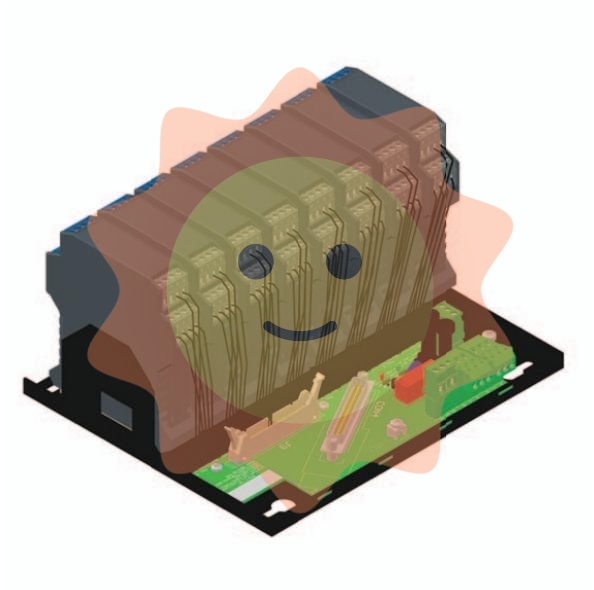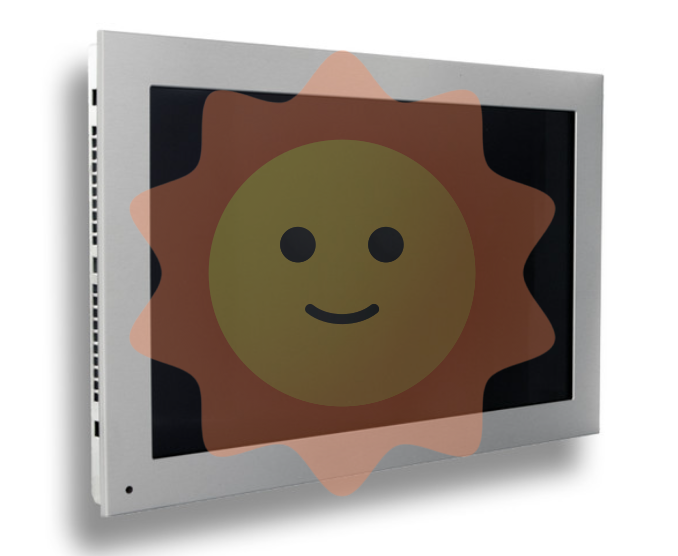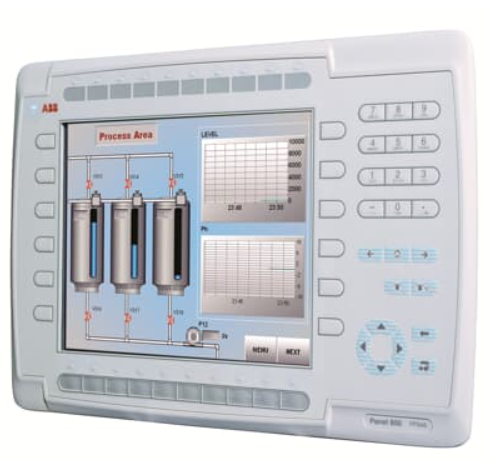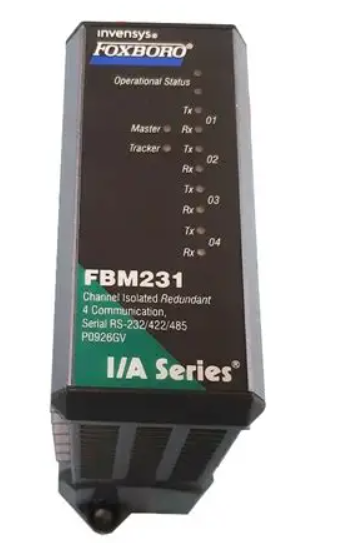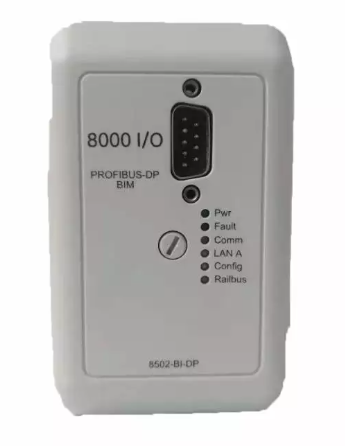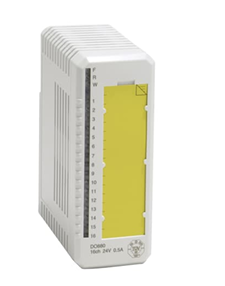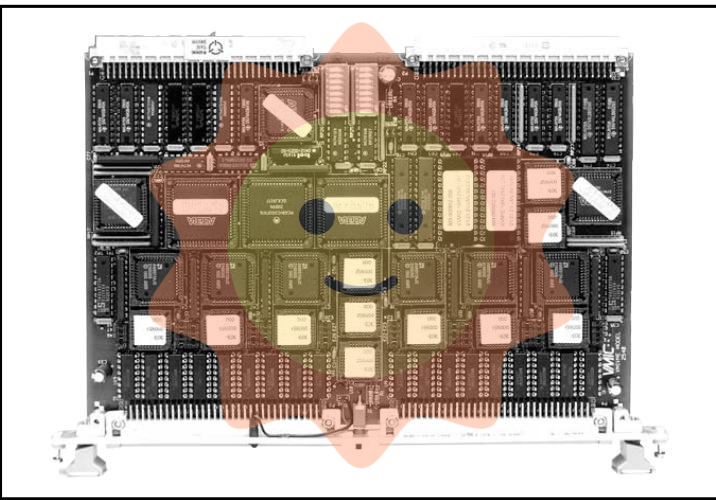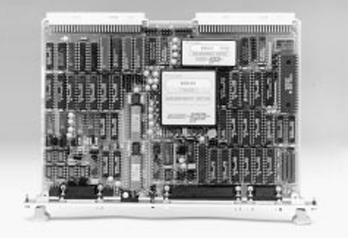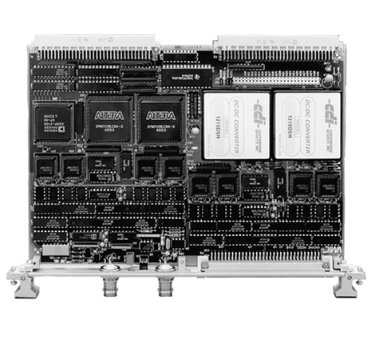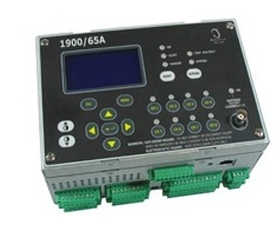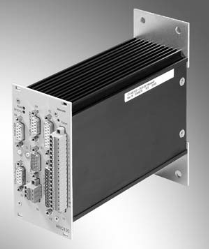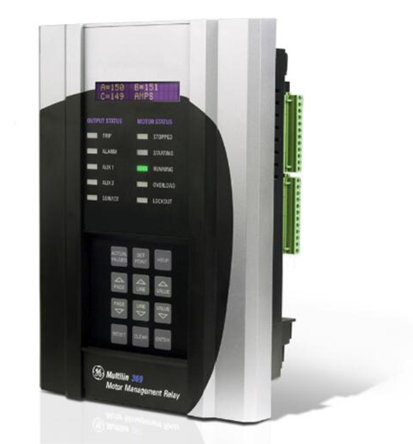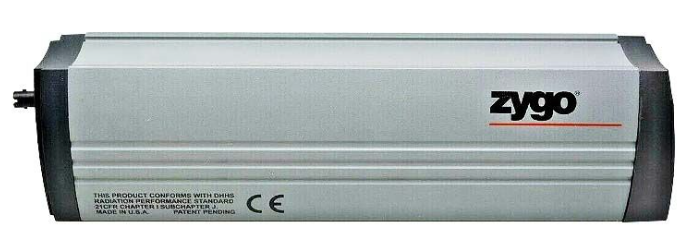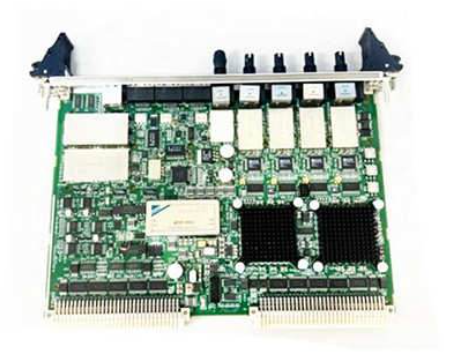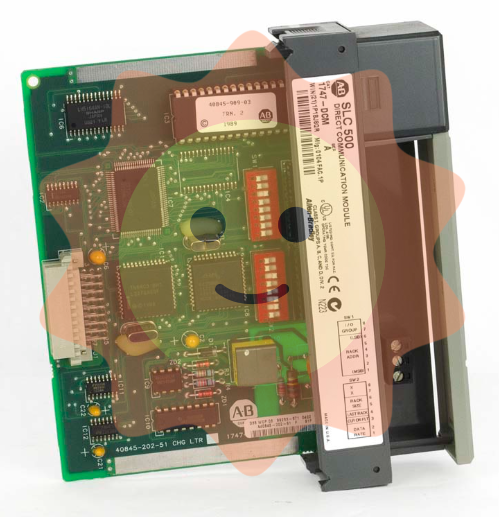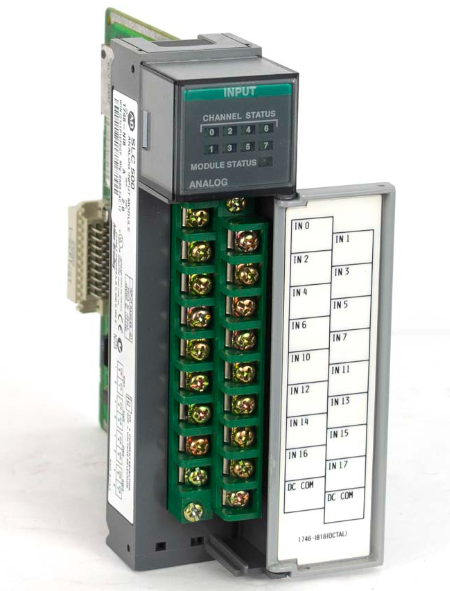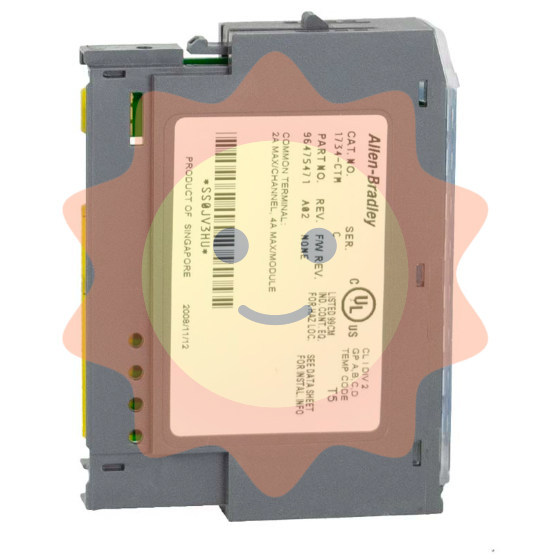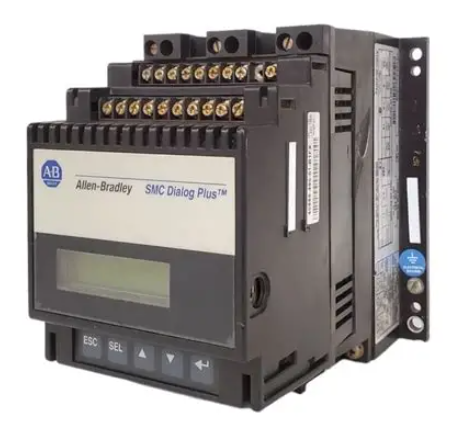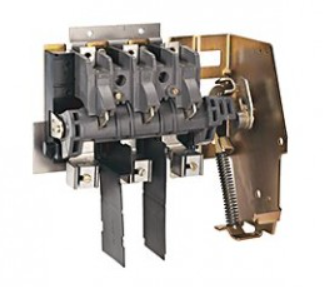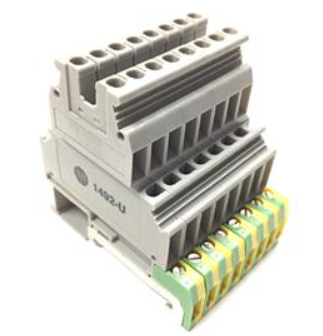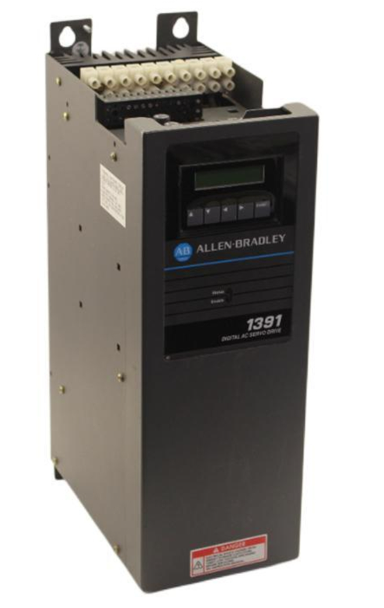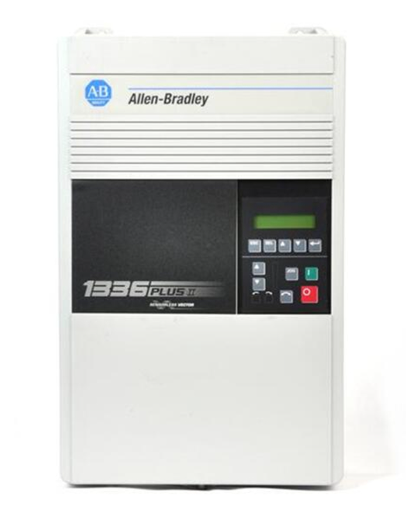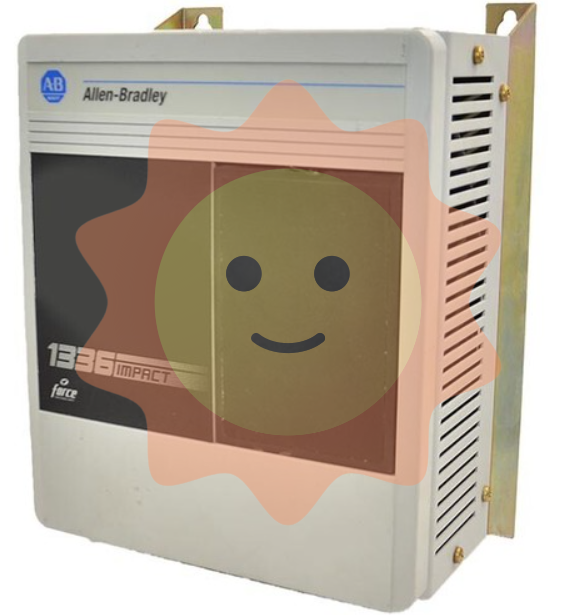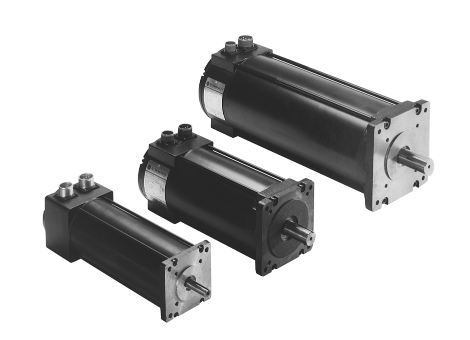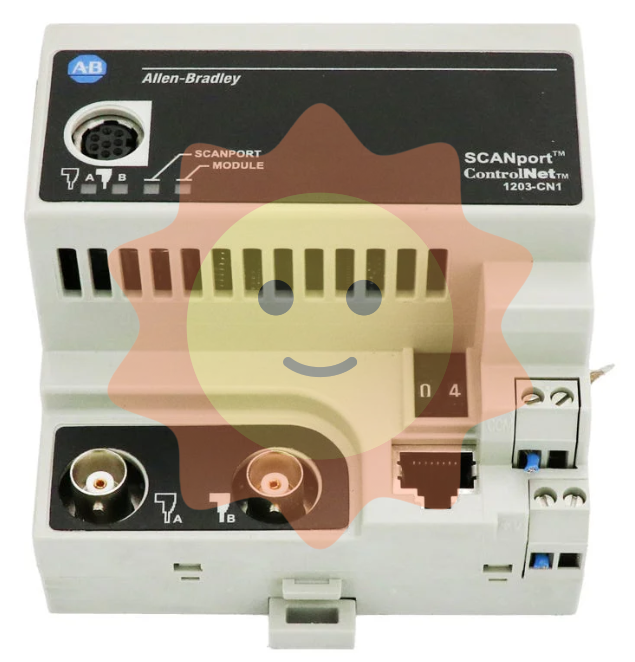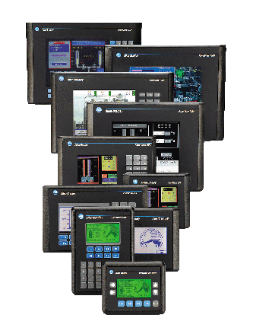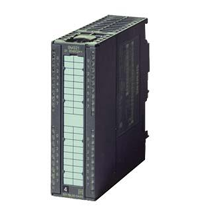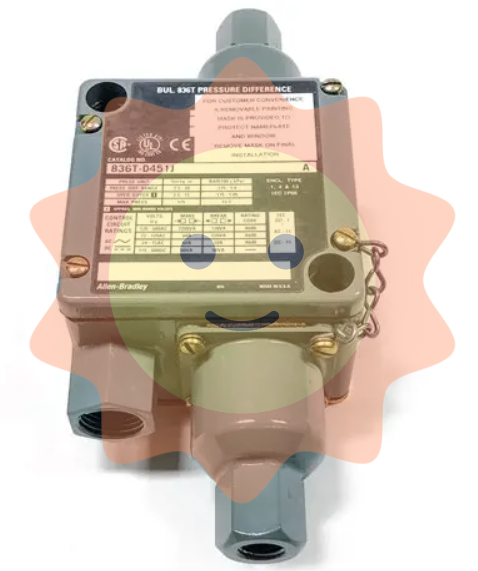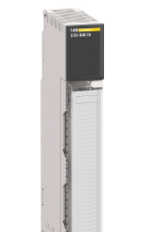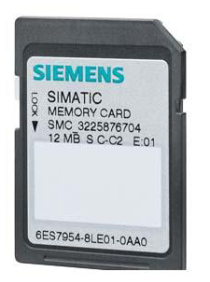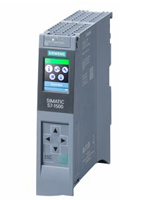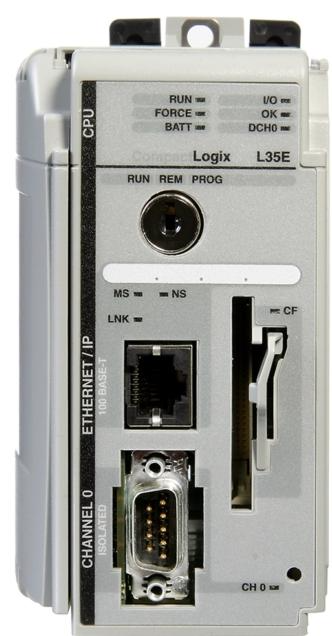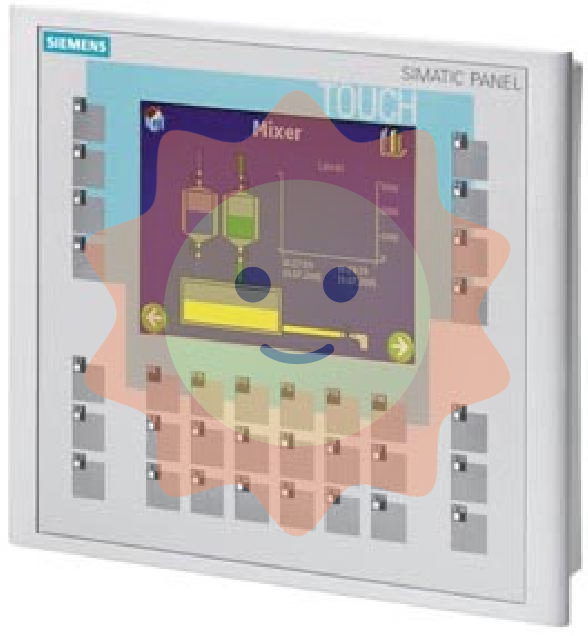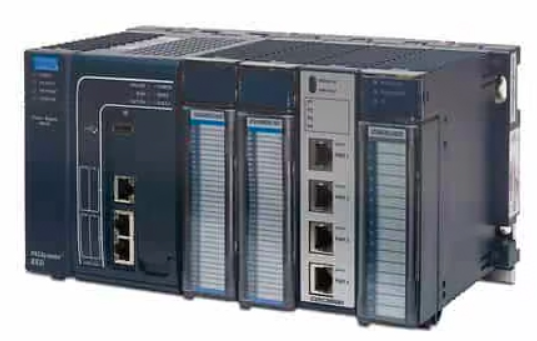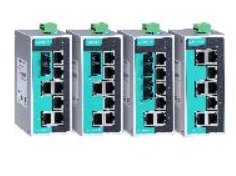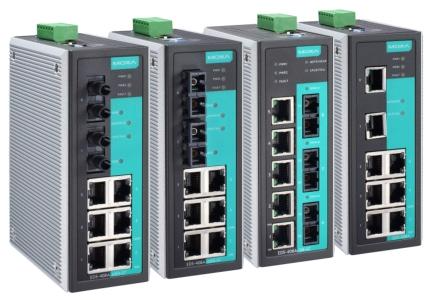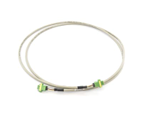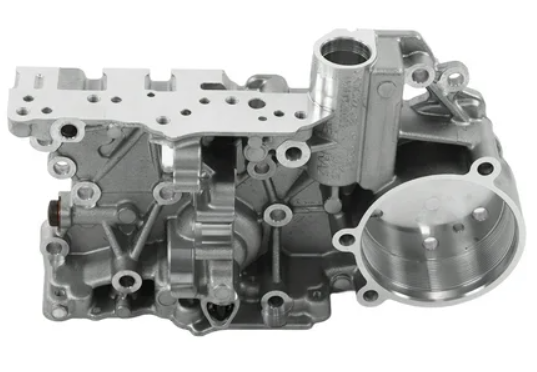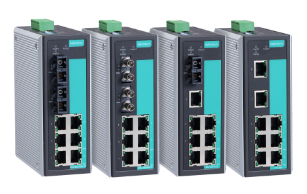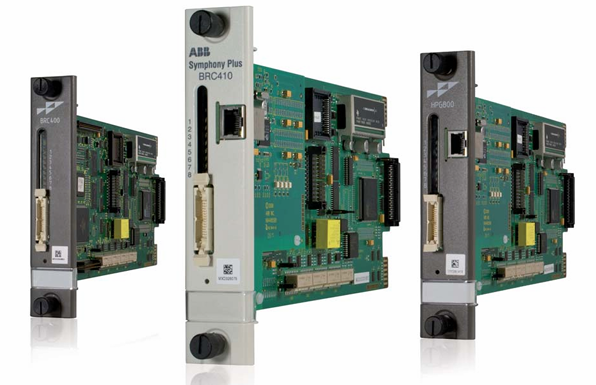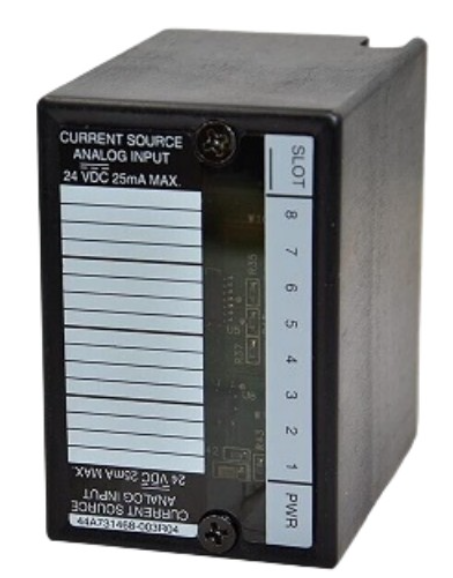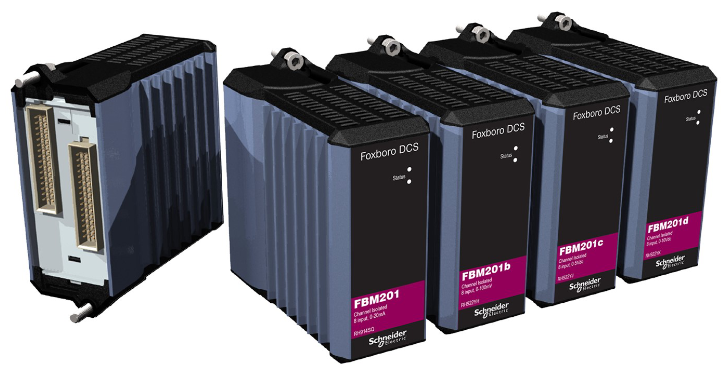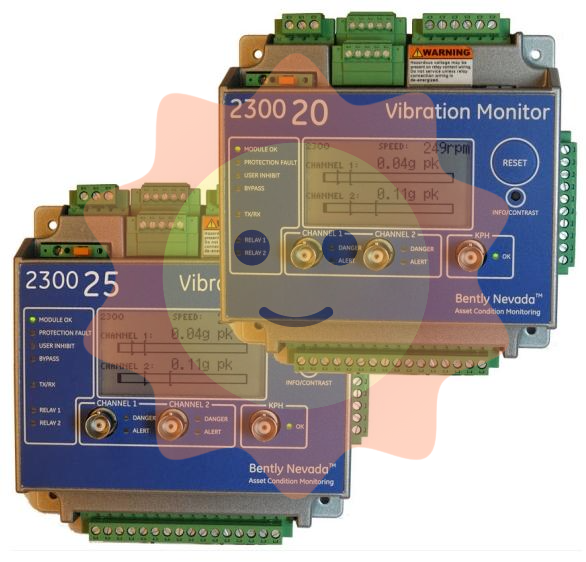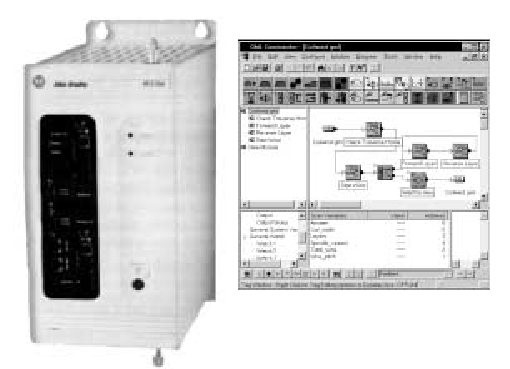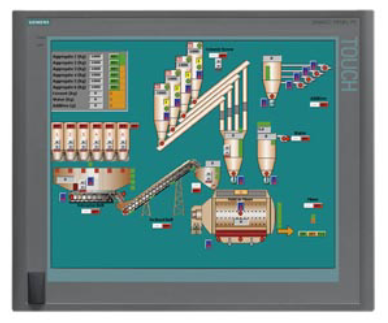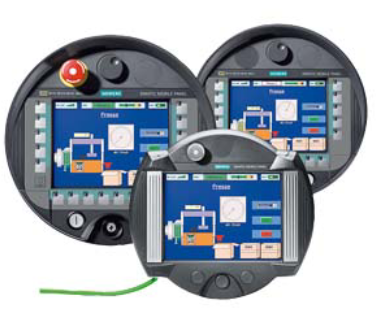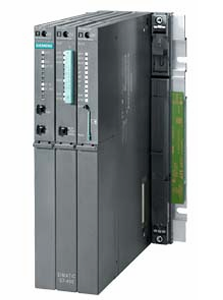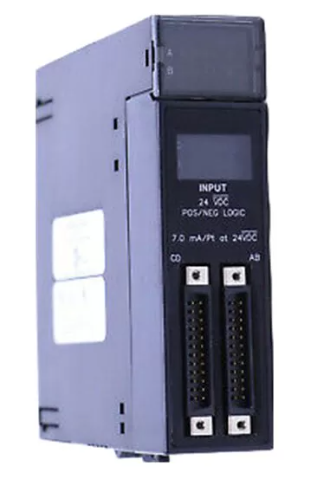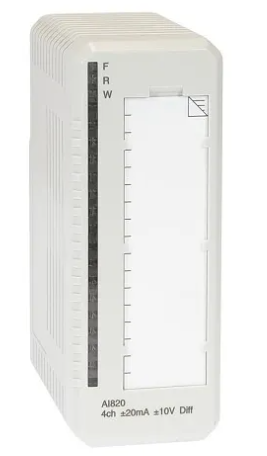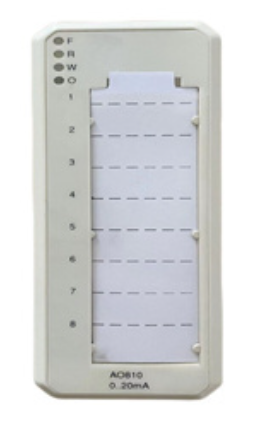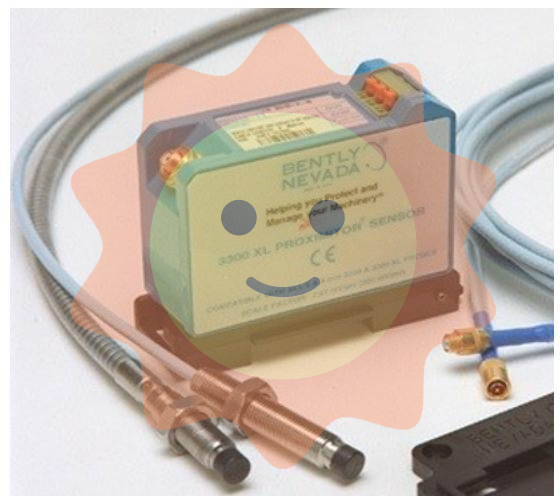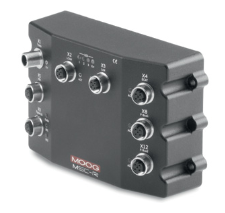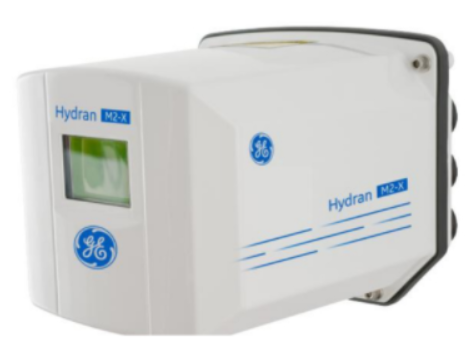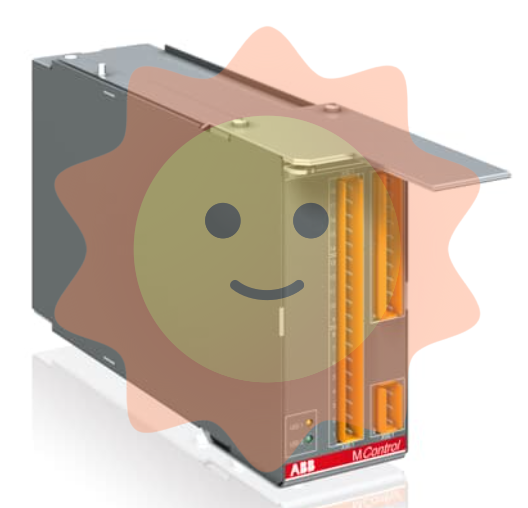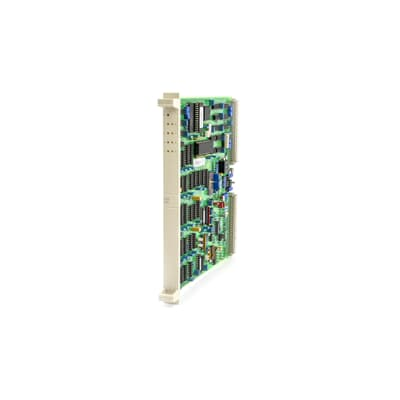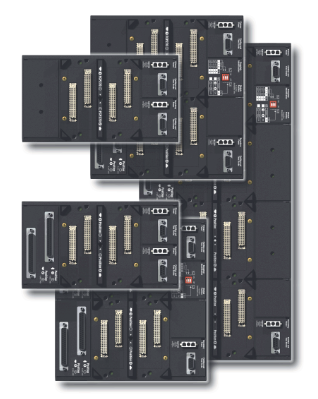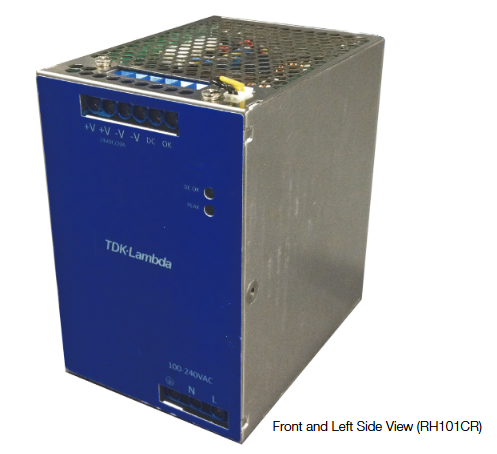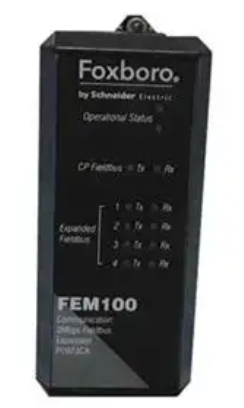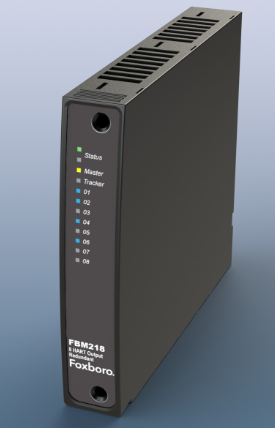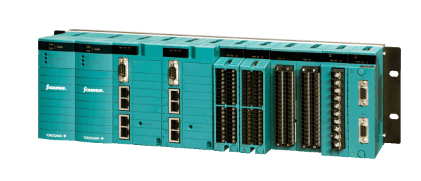GE DS215TCEAG1BZZ01A Emergency Overspeed Board
GE DS215TCEAG1BZZ01A Emergency Overspeed Board
Part Number DS215TCEAG1BZZ01A Manufacturer General Electric Country of Manufacture As Per GE Manufacturing Policy Series Mark VI/VIe Function Module Availability In StockThe DS215TCEAG1BZZ01A is a Processor PC Board made by GE also known as an Emergency Overspeed Board (TCEA) or the Protective Processor. This board is connected to the IONET network which is a Mark V internal network that allows the I/O Master to communicate to the TCEA and TCDA cards. With this connector it gives the TCEA the ability to act as a protection device and to perform internal diagnostics as well as swap operating parameters with the DCC while it is in operation.
It also allows this information to flow easily. Depending in what type of panel is used for the system, a total of three TCEA cards that labeled X, Y, and Z are needed for the P core. These cards are used to communicate with individual DCCs that are assigned to different cores. This board can also send emergency signals to the TCTG that will trip the system with each one of the TCEAs sending a signal to a different relay. Their is a built in Power Supply with each of the boards and a diagnostic system for those power supplies. This board also includes three important circuits.
These are the TCEA flame detection circuit, the TCEA turbine overspeed circuit, and the TCEA automatic synchronizing circuit. The TCEA flame detection circuit detects signals from the UV flame detectors and are transferred to the TCEA via the PTBA. The TCEA turbine overspeed circuit compares its calculations of the shaft speed and then sends a signal to the TCTB to trip the system if it detects a trip level beyond what is normal. The TCEA automatic synchronizing circuit allows the TCEA to speed match and voltage match using software from the EPROM. IC Spares is available to speak with you via phone or email about all of your automation needs. Our staff can provide pricing information for any part or repair.
The IO module has the following main functions
Input Function
The IO module can receive input signals sent by external devices and convert them into digital or analogue signals for use by the computer system or control system. These input signals can come from a variety of sensors, such as temperature sensors, pressure sensors, photosensitive sensors and so on. By receiving and parsing these input signals, the system can monitor and control the external environment in real time.
Output Functions
The IO module is capable of converting the output signals generated by a computer system or control system into the form required by an external device. These output signals are typically used to control actuators such as motors, valves, lights, etc. By sending appropriate output signals to external devices, the system enables control and operation of the external environment.
Data Acquisition and Processing
The IO module is capable of acquiring data from external devices and transferring it to a computer system or control system for further processing. This enables the system to acquire environmental data, status information and user inputs in real time and make appropriate decisions or perform specific tasks based on these data.
Communication Interfaces
IO modules are usually equipped with different types of communication interfaces, such as serial interfaces (RS232, RS485), Ethernet interfaces, CAN bus interfaces, and so on. These interfaces enable IO modules to exchange data and communicate efficiently with computer systems or other external devices.
Instructions and warnings related to the operation of the product:
The following specifications must be strictly observed:
The technical specifications and typical applications of the product system must be strictly observed.
PERSONNEL TRAINING: Only trained personnel may install, operate, maintain or repair the product system. These personnel must be instructed on the
These personnel must be instructed and briefed on the conditions in the hazardous area.
Unauthorised modifications: No modifications or structural changes may be made to the product system.
Maintenance Responsibility: It must be ensured that the product system is used only under appropriate conditions and in a condition fully suitable for use.
Working environment: The user must fulfil the specified environmental conditions:
Safety regulations
The following safety regulations must be fully observed when (maintenance) work is carried out on the product system:
1 Disconnect completely.
2 Secure to prevent reconnection.
3 Confirm that the installation has been completed.
4 Perform grounding and short-circuiting.

- User name Member Level Quantity Specification Purchase Date
- Satisfaction :
-









Email:wang@kongjiangauto.com









